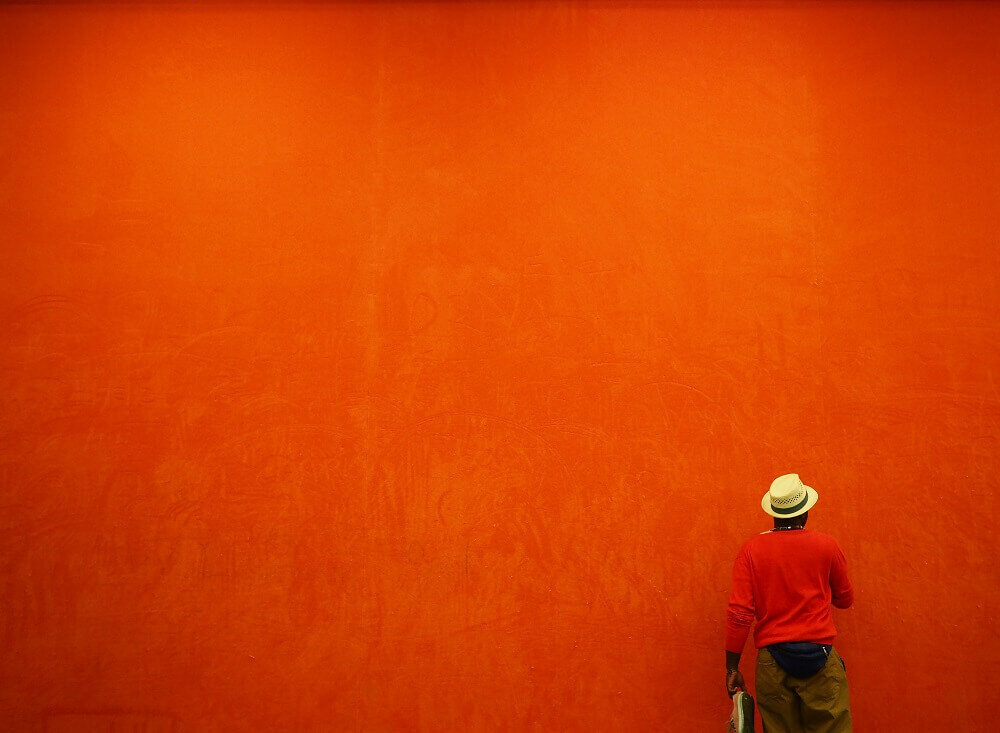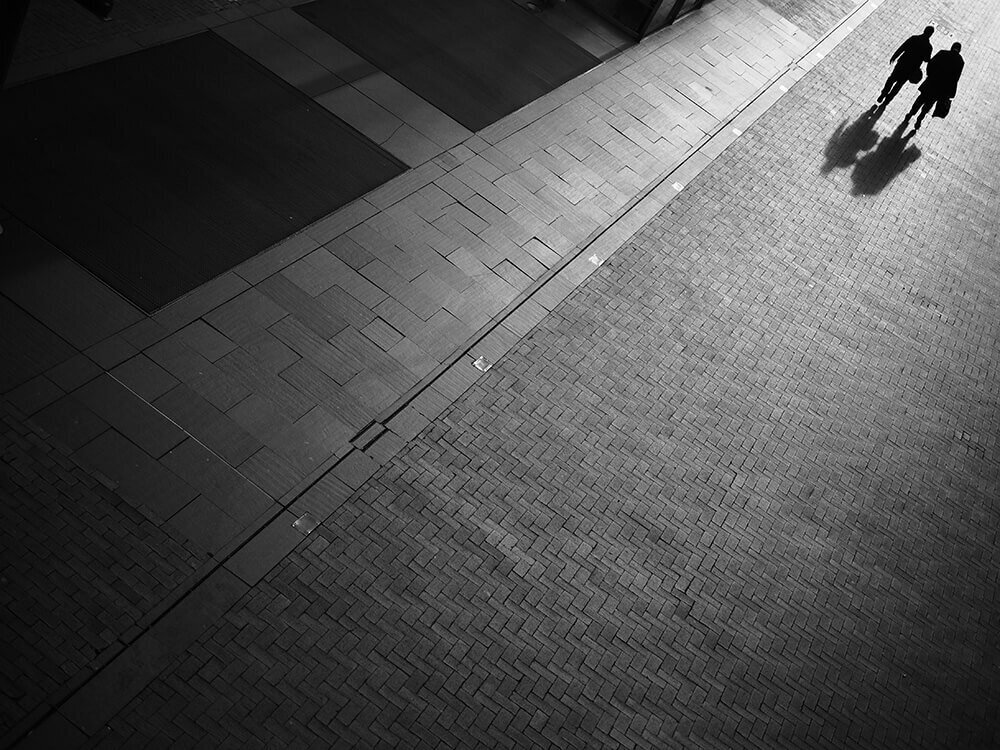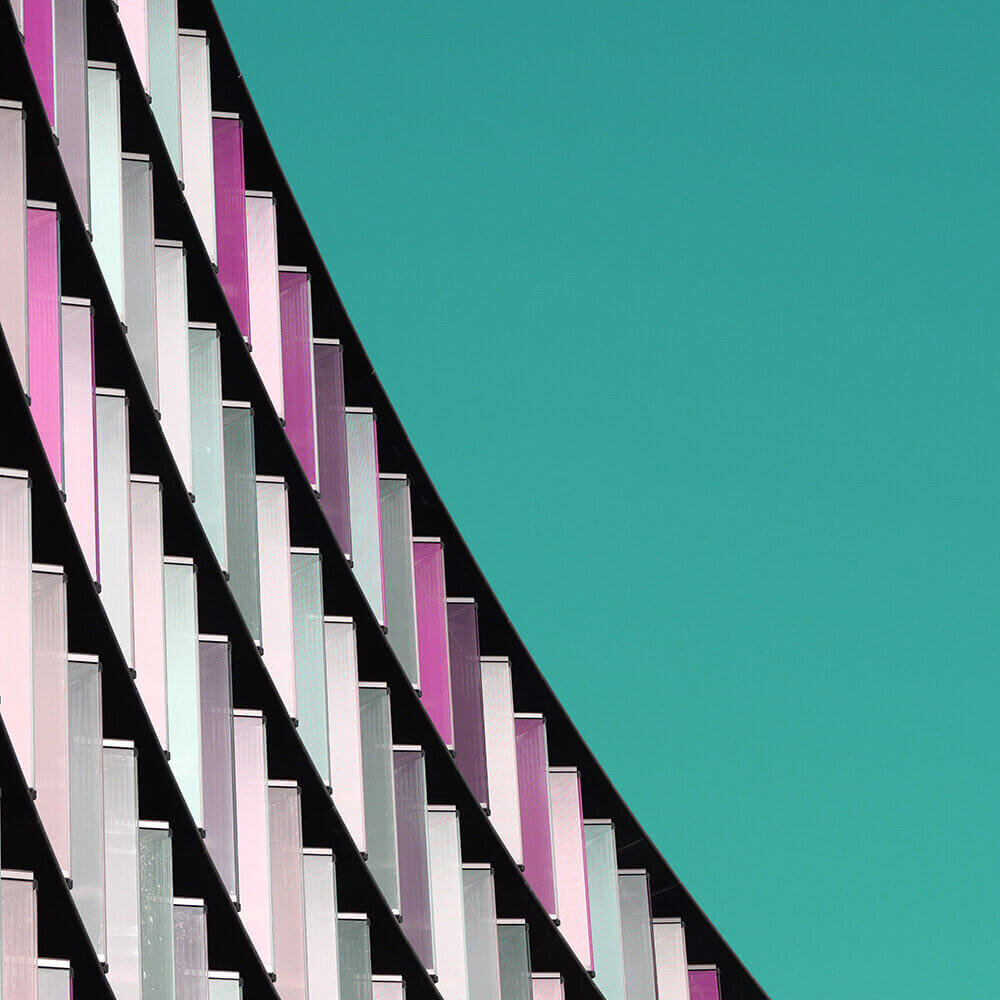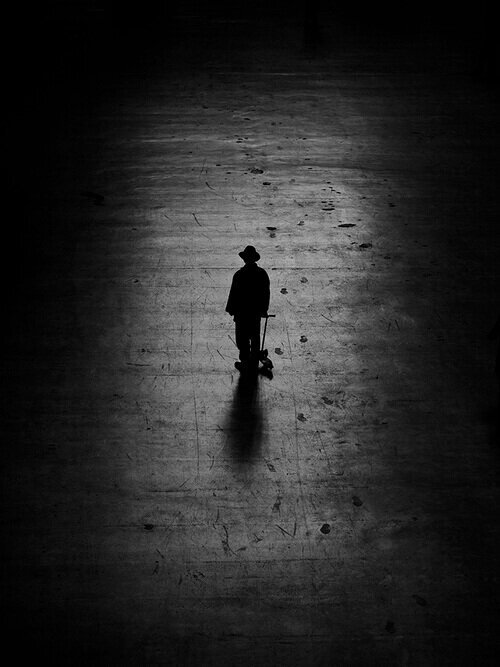W.E.B. Du Bois and the Beauty of Negative Space
I love the use of negative space in photography. As photographer Nicco Goodden explains, negative space is the area surrounding the subject. Using a LOT of negative space is like giving your eyes breathing room. It emphasizes the subject. It can also create a contemplative mass of color, like the beautifully textured orange, below, by Goodden:
* * *
W.E.B. Du Bois deftly used negative space to destroy the contemporary notion that many African-Americans were “Almshouse Paupers.” As Jason Forrest explains, the term had become a catch-all phrase for someone living in a tax-supported poorhouse. Almshouses were an English tradition introduced in the United States in Pennsylvania. Throughout the 19th century, they became a last resort for the poor, disabled, and elderly. Conditions could be terrible. In Connecticut, patients were whipped ten times upon entry. Some were chained to cellar walls or forced to wear a primitive straitjacket.
The tiny red bubble is the subject in the graphic below from The Exhibit of American Negroes. The dominant negative space, in brown, puts the 0.09% of African-Americans living in Almshouse Residences into perspective.
The Library of Congress
* * *
This chart flips the racist view of African-Americans upside-down. And it points to the real story: as a group, the African-American community in 1900 rejected many of the White systems in the United States, like Almshouse Residences.
The brown bubble shows that Black churches, women’s organizations, and fraternities supported the elderly and sick. Dr. Iris Carlton-Laney wrote: “<Blacks>…made financial familial sacrifices to join ‘beneficial societies.’ Membership in these societies offered some measure of psychological peace and satisfaction.”
* * *
The negative space employed by Du Bois—the beautiful brown bubble—represents the supportive and generous nature of the African-American culture of 1900, the opposite of what racist assumptions made them out to be.







